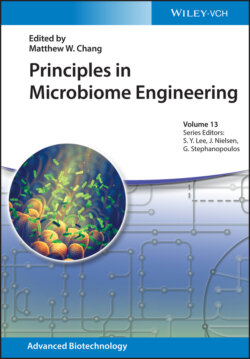Читать книгу Principles in Microbiome Engineering - Группа авторов - Страница 32
1.2.4 Continental Dietary Difference and Its Effect of the Local Microbiome 1.2.4.1 Asia
ОглавлениеDietary habits in Asia are often influenced by rice consumption, which is widely cultivated in Southeast Asia. Other than rice, there is a large diversity of food depending on the agricultural activity within the region [134–136]. While interstate trade supplements domestic production, the main dietary denominator remains in the regional agricultural activities [137]. On top of this, many developing countries in Asia have governmental recommended dietary allowances (RDAs) that also influence eating habits. A study conducted in Zhejiang, China, showed that the mean daily nutrient intake by urban women met the national RDA, meeting the required levels of macronutrients (energy, carbohydrate, protein, and fat). The Chinese government regulates the national food supply to ensure that each state receives foods that meet the nutritional requirements [138].
Additionally, fermented foods that are rich in prebiotics and probiotics are heavily consumed in Asia‐Pacific countries. Such local foods include tempeh, tempoyak (Southeast Asia), natto (Japan), and fermented tea (China and Taiwan); and influence the gut microbiota. Asia‐Pacific children are noted to have higher Bifidobacteria abundance [139], due to supplementary fermented foods in the diet such as Japanese fermented milk products and Korean kimchi [140, 141].
